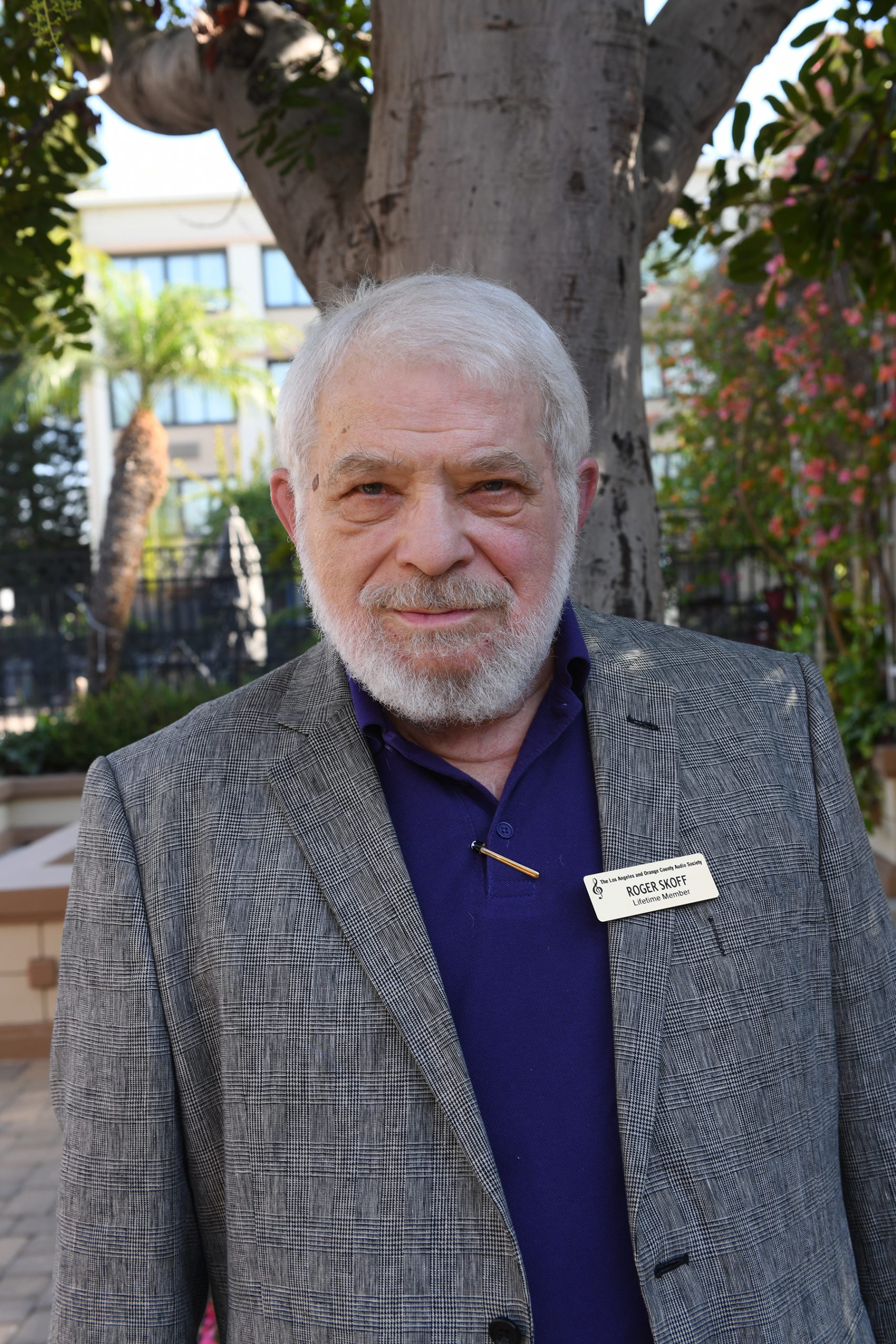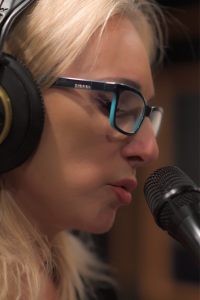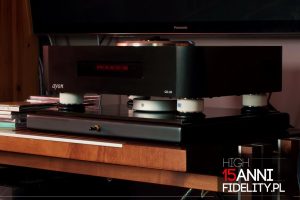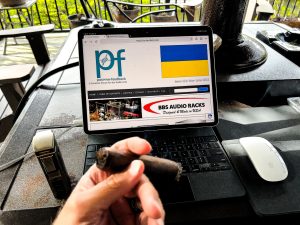
Roger Skoff writes about what we all strive for in the reproduction of our music with our systems.
Roger Skoff is the founder and president of RSX Technologies, a high-end cable company, and the former founder and president of XLO.
Have you ever really heard live music?
Before you answer, consider this: If you went to a rock or other non-Classical music concert, what you heard—even if you were sitting in the VIP section, right near the stage—was probably more of the sound reinforcement ("PA") system or the musicians' own stage monitors than the sound of the instruments or the people's voices, themselves. Same thing if you went to a classical music or other concert at the Hollywood Bowl or some other outdoor amphitheater: What you heard was more likely the speakers than the actual "live" sound.
Even at some enclosed concert halls, even for an operatic performance, the odds are that at least the singers were wearing or otherwise picked-up by microphones so that they could be heard over the orchestra. Whether at church, at a jazz club, a dance, a bar, restaurant, or a club with live entertainment—or just about anywhere else—just the fact of live musicians or other performers doesn't guarantee that the music you are hearing is live sound. If there's a microphone, and it isn't just used for recording, the odds are that what you will hear is at least partly coming to you through speakers, and not just the actual, un-amplified sound of the singers or instruments. And some instruments don't even have a live sound—as with an electric guitar, keyboard, or Hammond organ, all of the sound comes from the speakers, and there's no acoustic sound at all.
About the only thing that I can think of that's probably "all live sound" is a marching band, and even then, only if you're at a parade, listening as it marches past you. At a stadium, there's always the possibility that at least some part of it is being picked-up and put out through the PA system.
So what does that all mean to you as an audiophile and a music lover? Simple: If you don't know what live music sounds like, how can you tell if your system sounds like live music?
A major manufacturer of loudspeaker drivers had this sort of a problem many years ago. With the intent of maintaining rigid quality and performance control, the last driver of each particular model was carefully set aside each day at the close of business, to be used as a comparison test standard for all the drivers of that model to be made the following day.
That sounded like a good idea in theory—one that would ensure that every driver was as identical as could be made, and that, therefore, all would sound exactly the same. In fact, though, as in any production process, there was always some tolerable slight driver-to-driver variation, which meant that no matter what they did on the first day, by the end of that day, the last driver produced might be some tiny bit "off-spec," but still well within tolerance (Call it P+/- 1). When that driver (P+/-1) became the standard for the following day's production, the drivers produced using it as the standard, could also stray from it by some allowable tolerance, to become (P +/- 1 +/-1) as the third day's standard, and so on, until the difference between what was allowable for (P+/-1) and for the last driver produced on the last day of production might be quite audibly different and not at all acceptable.
Correct judgment requires a fixed standard – one that is absolute and unvarying. (That's where Harry Pearson got the idea for his publication, the absolute sound, which refers to the sound of live music, played by a live musician, without any enhancement or amplification whatsoever.) Unfortunately, all too many of us have never actually heard music unrecorded and truly unamplified, and so have to critique recordings and our own and other systems on the basis of what we think the music ought to sound like, instead of any actual experience.
To a large degree, that's just fine. Stereophonic sound reproduction—even the very finest stereo possible—is, after all, an illusion. When we listen to a recording, the musicians aren't really there on the stage playing for us. In fact, even the stage isn't really there. And music is something that we listen to for enjoyment, so why not just pick the illusion that will give us the most enjoyment?
In fact, that's exactly what many of us do. If you've read many of my articles, you may recall the one about the guy who called me one day to ask about "butterscotch-sounding" cables. He didn't care about sonic realism at all—he just knew the kind of sound he liked, and that's what he wanted to buy.
Others of us, though, (me, for example), do care about making the music we listen to sound as close as possible to the sound of music sung by real people or performed by them on real instruments, in a live performance setting. We want each of the singers to be that singer and each instrument to sound, not just like that kind of instrument, but like that particular instrument; not just a piano, for example, but a Steinway piano, and not just any Steinway piano, but that one, played in that particular acoustic space.
In order to know if we have achieved that, though, or even in order to know what needs to be done in order to make that achievement possible, we need to know what the reality we're trying to re-create actually sounds like. And in order to gain that knowledge, we need, somehow, to experience the real thing.
If you're satisfied with music that's just pleasing to you and makes you feel good, regardless of how accurate it is to reality, good for you! Go for it: Listen to whatever turns you on. That's what most others do, too, and it's a perfectly valid way to enjoy your music or pursue your hobby. If, on the other hand, you want to get as close as possible to re-creating the live music experience, you need to have a live music experience to compare things to, and that means that you're going to have to hunt up some live, un-amplified music to listen to.
It doesn't really matter what kind of music it is, or even whether you like it. What you'll be listening to is not the music, but the sound of the music—the way a note (a plucked string, for example) starts with the pluck, spreads to the entire string, gets the body of the instrument resonating, and then spreads through the room, bouncing and re-bouncing off the walls. You need to hear that an acoustic guitar is surprisingly loud; that a violin isn't necessarily sweet, but may actually have a hard "edge" to its tone. You need to hear the slam and power of a real bass or kick drum; the "woody-ness" and "reedy-ness" of a clarinet or oboe, and the "blatty-ness" of the brass instruments. In short, you need to know what music sounds like if you're going to try to effectively reproduce it.
Here's a hint: Even if there are no truly live music sources accessible to you, ask your friends. They may know of something, or may even play an instrument themselves or know someone who does. As a last resort, try going to a musical instrument store (like Guitar Center, Sam Ash, or any number of small independents to be found almost everywhere). Ask them for demonstrations of various kinds of instruments. If they think you might be a prospect for an instrument or for lessons, they'll be happy to comply, and you'll be surprised how many instruments some store salespeople can play—at least enough for a demo.
Try it. It's worth it. And think how good it will be to know what music actually sounds like.







































